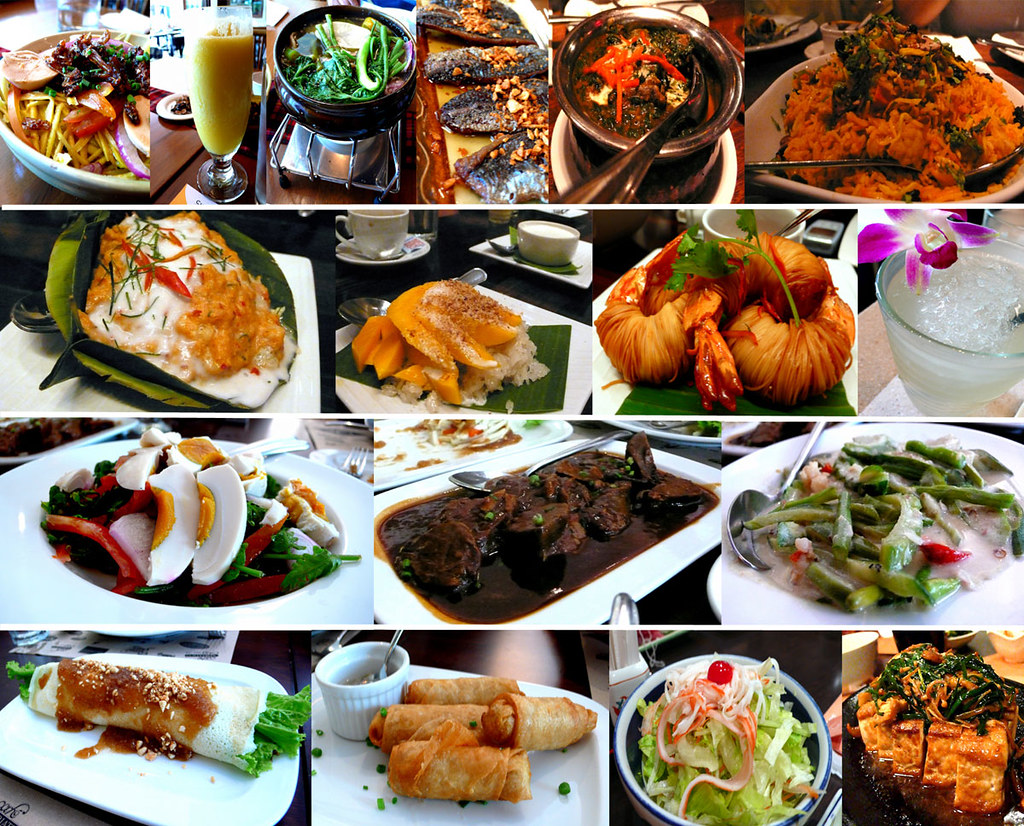
The Philippines is a beautiful country that is known for its stunning landscapes, pristine beaches, and warm and friendly people. However, one aspect of Filipino culture that is often overlooked is its diverse and delicious cuisine. The country’s food culture is a melting pot of different influences, from the indigenous Malay and Austronesian cuisines to Chinese, Spanish, and American influences. In this article, we will delve into the world of local cuisine in the Philippines and discover the unique flavors and ingredients that make it a true culinary gem.
Before we begin, let’s define what we mean by “local cuisine.” In this context, we are referring to the traditional dishes and ingredients that are commonly found in different regions across the Philippines. While there are many modern and fusion restaurants in the country, we will focus on the classic and authentic dishes that have been passed down through generations.
To start, let’s talk about the three main regions of the Philippines: Luzon, Visayas, and Mindanao. Each of these regions has its own distinct cuisine, and we will explore them one by one.
Luzon is the largest island in the Philippines and is known for its bold and flavorful dishes. One of the most famous dishes from this region is adobo, which is a stew made with meat (usually chicken or pork), soy sauce, vinegar, garlic, and bay leaves. Adobo is a beloved dish in the Philippines, and every family has their own recipe. Another classic Luzon dish is sinigang, a sour soup made with tamarind or kamias, vegetables, and meat or seafood. The sourness of the soup is balanced with a hint of sweetness and is perfect for cold and rainy days. Other notable Luzon dishes include kare-kare (a peanut-based stew with oxtail, vegetables, and shrimp paste), laing (taro leaves cooked in coconut milk and spices), and pinakbet (a vegetable dish with bitter melon, eggplant, and squash).
Moving on to the Visayas region, we find a cuisine that is known for its simplicity and freshness. The Visayan diet consists mostly of seafood, root crops, and vegetables. One of the most popular dishes from this region is kinilaw, which is similar to ceviche. Kinilaw is made with raw fish, vinegar, onions, ginger, and chilies. The dish is refreshing and light, and the acidity of the vinegar helps to preserve the fish. Another classic Visayan dish is lechon, which is a whole roasted pig that is stuffed with lemongrass, garlic, and other spices. Lechon is often served during special occasions and is a true Filipino delicacy. Other notable Visayan dishes include batchoy (a noodle soup with pork, liver, and vegetables), pancit molo (a dumpling soup), and humba (a sweet and savory pork stew).
Finally, we come to Mindanao, the southernmost region of the Philippines. Mindanao is known for its Muslim influence, and its cuisine reflects this with its use of spices and bold flavors. One of the most famous dishes from this region is piaparan, which is a chicken stew made with turmeric, coconut milk, and other spices. The dish is aromatic and flavorful and is often served during special occasions. Another classic Mindanao dish is the tiyula itum, a dark soup made with beef, burnt coconut meat, and spices. The soup is thick and rich and is perfect for cold nights. Other notable Mindanao dishes include satti (a grilled chicken or beef skewer served with a spicy peanut sauce), pastil (a rice dish wrapped in banana leaves), and kinilaw na malasugui (raw fish in coconut vinegar and spices
